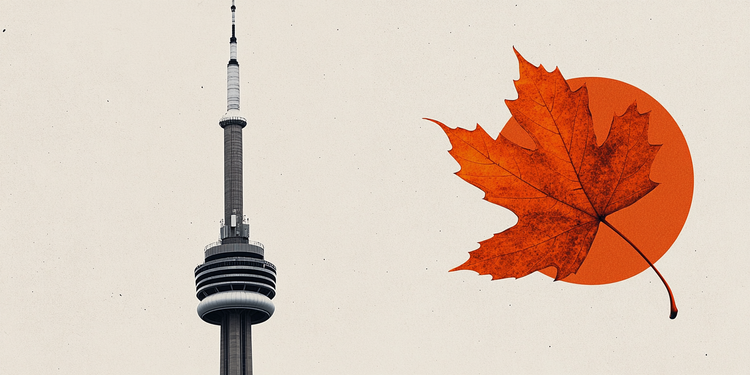The first part of the South Taurid meteor showers is expected to peak this weekend, presenting an attractive opportunity for patient skywatchers.
The South Taurid meteors have been shining brightly in the night sky since the end of September, but near the peak – expected at 8:47 pm this Sunday (5), US Eastern Time (6:47 pm in Brasília) – is when people will have the best chance of catching a glimpse of them, according to the American Meteor Society.
Although the South Taurids typically have a frequency of just five meteors per hour, the shower is known to be rich in fireballs — a term for a meteor that appears brighter than Venus, according to NASA.
Venus is the second brightest celestial object in the night sky, after the moon.
“Meteors are a part of the night sky that is unusual for people,” said Bill Cooke, head of NASA’s Meteoroid Environmental Office.
“You go out, you see the stars, you see the moon, you see the planets – they’re always there, but you don’t always see the meteors. Meteors are a transient part of the night sky and people are fascinated by that.”
If local weather conditions permit, the best time to go out and catch a glimpse of a meteor will be after midnight in any time zone — but be prepared to stay a while if you’re determined to see one, Cooke said.
To date, NASA’s meteor cameras have captured only one or two Taurids per night, he said.
Near the peak of the shower, the moon will be almost half full, at 44%, according to the American Meteor Society. This level of lunar brightness could cause disturbances when observing fainter meteors, but because the Taurids tend to be so bright, the moon probably won’t interfere, Cooke said.
“You should look away from the moon, but there is no preferred direction – just try to look at as much of the sky as you can,” advised Cooke.
“And use your eyes. You don’t want to use a telescope to observe a meteor shower – too small field of view.”
Characteristics of the Taurids
Most meteor showers feature meteoroids just millimeters long, Cooke said, but the Taurids can have meteoroids up to an impressive one meter long, making them appear very bright as they burn up in Earth’s atmosphere.
Even with their larger size, most space rocks will not reach Earth, but if they do, the resulting meteorites – the term for a meteoroid that makes landfall – will have broken into smaller pieces and not be large enough to cause damage. any damage, Cooke pointed out.
The Southern Taurids originate from Comet Encke, which revolves around the Sun with the shortest orbit of all known comets in the solar system, according to NASA.
Encke’s orbital period takes about 3.3 years, and the last sighting of the comet from Earth was on October 22, when it was at its perihelion, or closest point to the sun.
During its journey, the comet leaves a trail of debris that appears like the South Taurid meteor shower when Earth’s orbit crosses its path.
Although the parent comet of the South Taurids was recently close by, rain is expected to produce low rates this year.
Both Taurid showers had higher than normal rates in 2022.
The phenomenon was caused by Jupiter’s gravity, concentrating debris in front of Earth’s path. Scientists predict the next event will occur in 2025, Cooke said.
Even if rates are low this year, there’s always a chance of a surprise.
“I never say never, because it is always possible for the unexpected to happen,” said Cooke. “Last year was a good year for the Taurids, 2023 and 2024, not so much.”
Meteors from the South Taurids are expected to be seen shining in the sky by the end of the shower on December 8, according to the American Meteor Society.
The meteor shower is currently overlapping with the Northern Taurids, which have been active since mid-October but will not peak until next week on Sunday (12).
Remaining Meteor Shower Peaks in 2023
If watching the Taurids peak in activity makes you eager to see more, several other meteor showers are still peaking this year. Here are the remaining meteor events peaking in 2023:
- Leonidas: November 17th to 18th
- Geminids: December 13-14
- Ursids: December 21st to 22nd
Full moons
There are two full moons left in 2023, according to the US Farmers’ Almanac:
- November 27: Beaver Moon
- December 26: Cold Moon
Source: CNN Brasil
Charles Grill is a tech-savvy writer with over 3 years of experience in the field. He writes on a variety of technology-related topics and has a strong focus on the latest advancements in the industry. He is connected with several online news websites and is currently contributing to a technology-focused platform.







